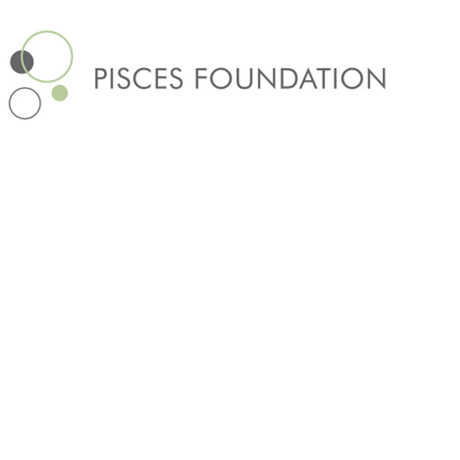Exploring Ecosystems
Each brief video features an interactive exercise based on Academy research!
How do species interact on a coral reef? Dive beneath the ocean waves and explore the unique and diverse relationships found on a coral reef.

In addition to showcasing live footage from a unique ecosystem, each of the three videos in the Exploring Ecosystems series features an opportunity for students to actively participate in a problem-solving scenario based on an ongoing research project of an Academy scientist.
As you watch the video, be prepared to pause at key points to participate fully!
The Coral Reef Symbiosis video investigates the following questions:
Describe two concrete examples of mutualistic relationships found on a coral reef, being sure to describe what each organism gets out of the deal.
AP Biology
Next Generation Science Standards
Cleaner Wrasses
In this brief article by Luiz Rocha, the scientist featured in the video, you'll learn why these fish are known as the "nurses" of the sea!
Ecosystems and Ecological Networks
In this extensive article from our Biodiversity course, you'll dive deeper into a variety of common ecological interactions, such as predation, competition, and symbiosis.
Each brief video features an interactive exercise based on Academy research!
Environmental Literacy Initiative, major funding provided by
